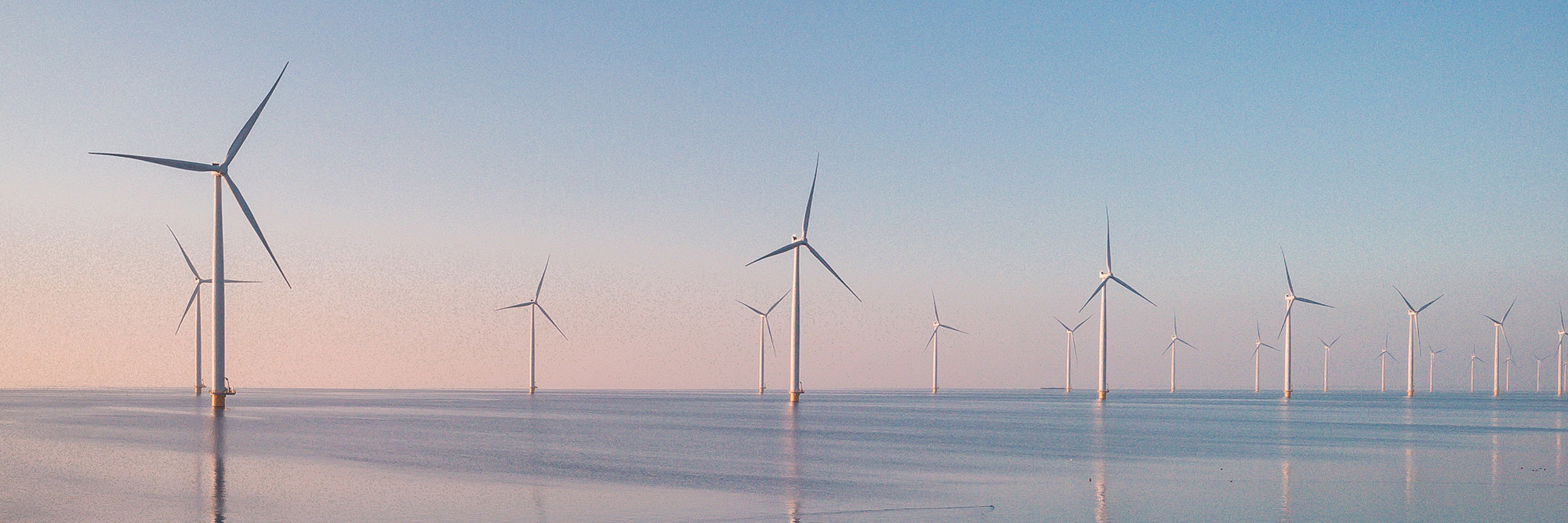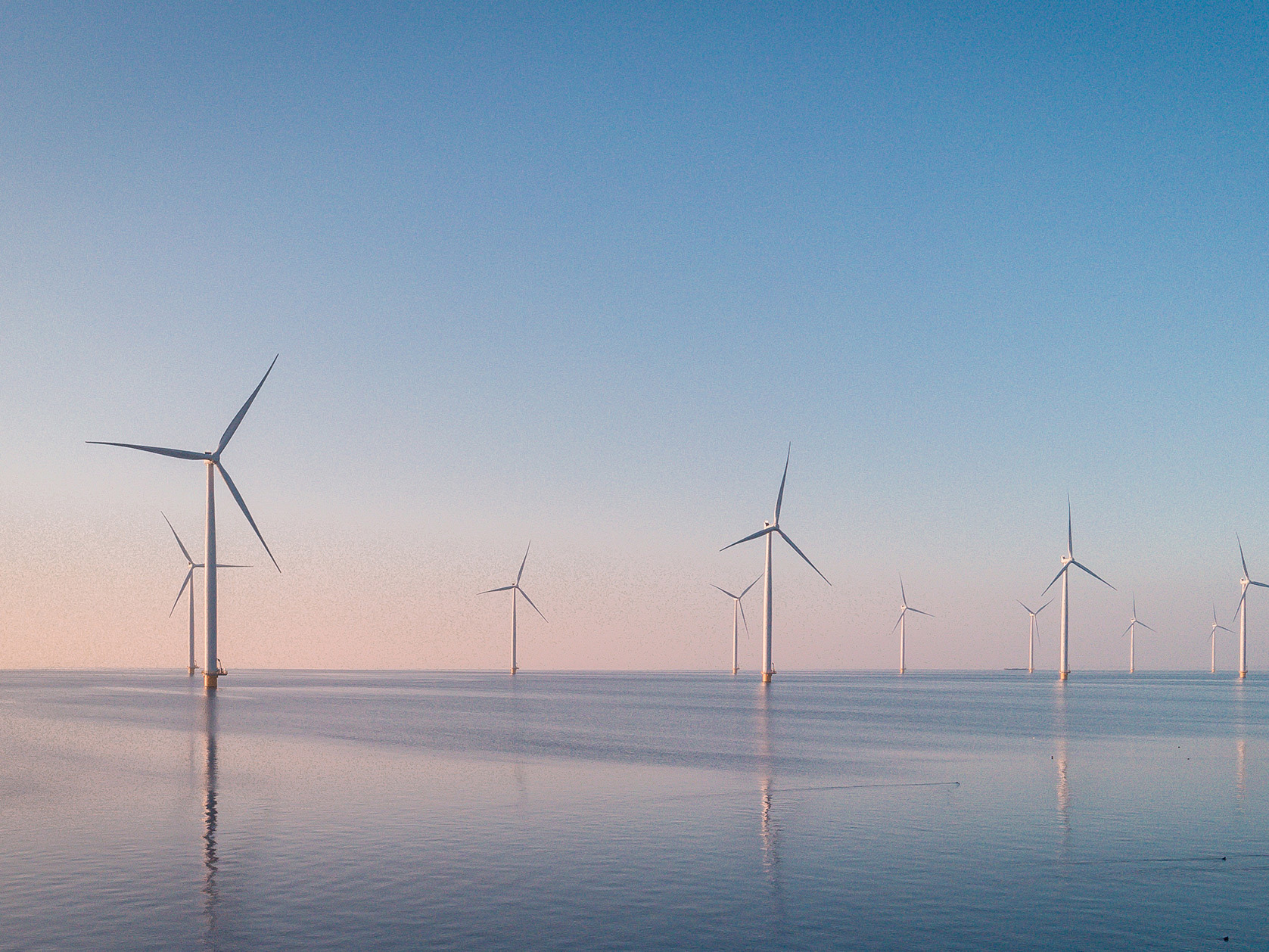There is no doubt that, to achieve its emissions targets, New Zealand needs a more sustainable energy system. The question is how we effect the transition to a low emissions economy while maintaining reliability, affordability, resilience, and productivity. Over the next three months, New Zealand has an opportunity to have its say.
Yesterday, 9 August 2023, the Ministry of Business, Innovation & Employment (MBIE) released a series of five consultation papers calling for submissions on various energy-related topics:
- an interim road map for, and the Government’s initial views on, the future role of hydrogen in New Zealand;
- managing New Zealand’s transition away from natural gas as a means of producing electricity;
- a system to regulate development of potential offshore natural energy-producing assets;
- market regulations concerning the affordability, reliability, and resilience of the domestic electricity supply; and
- implementation plans to ban electricity generation with fossil fuel baseloads.
This suite of interrelated consultation papers is designed to set the direction and pace of change for energy in New Zealand. A further paper ‘Advancing New Zealand’s energy transition’ provides an overview of the package of documents. This paper identifies the cross-cutting issues and describes how the proposals in the consultation documents will contribute to an overarching Aotearoa Energy Strategy (due for release in 2024). The Government intends to issue an Energy Strategy issues paper for consultation around the end of 2023.
We provide a brief overview of each of the consultation papers below.
Hydrogen
The Interim Hydrogen Roadmap paper sets out (and seeks feedback on) the Government’s views on the possible future of a hydrogen energy sector in New Zealand and its role in creating that sector. Green hydrogen is a possible solution to decarbonise hard to electrify sectors: transportation (particularly long haul, marine and aviation) and certain industrial processes relying on chemicals and fossil fuels (such as fertiliser, steel and chemical production). A mature green hydrogen sector could support the resilience of the rapidly developing renewable energy sector, provide energy storage solutions, and potentially establish an export market. However, investment in such a sector comes with risks: high costs and an uncertain market.
In addition to funding introduced with the 2023 budget, the Government has identified other areas where it may play a role in developing a successful hydrogen sector in New Zealand: providing governance and oversight; building a market for hydrogen; regulating the resulting hydrogen market, particularly in respect of the production, storage, transport and use of hydrogen in New Zealand; developing capability within the workforce; investing in enabling infrastructure; partnering with and supporting research and development; fostering positive partnerships and cooperation with overseas stakeholders; and generating a positive public perception of hydrogen through education, and health and safety.
We note there is a related and ongoing consultation—the Regional Hydrogen Transition paper—that delves deeper into the short-to mid-term measures the Government can take to develop demand and capability in hydrogen in New Zealand (Submissions for this consultation are due by 10 September 2023).
Gas
The Gas Transition Plan issues paper seeks feedback on the strategic direction of the gas sector. While the Government accepts that it is almost certain New Zealand will need a level of reliable gas supply for years to come, the paper considers other opportunities, such as renewable gases, and carbon capture utilisation and storage (CCUS) to offset the emissions resulting from fossil gas activities. Demand for fossil gas is in decline as users electrify and decarbonise their activities. However, the need for electricity generating assets using fossil gas remains strong as a reliable fall back in peak times where renewable sources either cannot produce enough electricity to meet demand or are unable to produce electricity due to insufficient levels of water, sun or wind.
The transition away from fossil gas needs to be carefully managed to ensure that producers and consumers alike remain confident in the supply of gas and are not left burdened with heavy costs. Despite falling demand, investment in gas assets and infrastructure remains critical to ensure the constant production of electricity in New Zealand. Interim measures, such as blending fossil gas with biogas to reduce emissions or utilising emerging technologies (e.g., hydrogen and CCUS), may assist in smoothing out the transition from gas to electricity. While viable, these interim measures come with risks and costs.
Regulating offshore renewable energy
MBIE has progressed its proposed permitting system to enable offshore energy infrastructure in its consultation paper Developing a Regulatory Framework for Offshore Renewable Energy. The key elements of MBIE’s proposed system include:
Feasibility permits: A developer would need a feasibility permit from MBIE to undertake initial feasibility studies for offshore infrastructure. A feasibility permit would give the permit-holder an exclusive right to later apply for a commercial permit to use the area for offshore energy infrastructure. A feasibility permit would have a maximum seven-year duration – but permit-holders would need to exercise permits within 12 months and actively progress feasibility work, and then apply for a commercial permit to avoid losing their permit i.e. ‘use it or lose it’.
Commercial permits: A feasibility permit-holder would need a commercial permit from MBIE to construct and operate offshore renewable energy infrastructure, once they meet the appropriate stage of ‘readiness’ e.g. having financing, grid connection plans, a route to market and the environmental consents being in place or in progress. A commercial permit would allow the holder to construct both the turbines and also the associated transmission infrastructure.
Environmental consents: Separately to the above permits, resource or marine consents would also be required under the Resource Management Act 1991 (RMA) and Exclusive Economic Zone and Continental Shelf (Environmental Effects) Act 2012 (EEZ Act). The RMA and EEZ Act are not designed for consenting offshore infrastructure, as we have commented on here, however, no amendments are proposed to the RMA or EEZ Act at this stage. MBIE notes the National Planning Framework under the Natural and Built Environment Bill (expected to be in place in 2024) will include a chapter on Infrastructure, but more guidance will be needed under the EEZ Act.
MBIE proposes that the preferred order for authorisations to be obtained would be: feasibility permit, then environmental consents, then commercial permits. But MBIE is seeking feedback on this point – there is risk that either the commercial permit or environment consents could be declined regardless of the order they are applied for.
Transitioning our energy system
The Measures for Transition to an Expanded and Highly Renewable Electricity System paper sets out the challenges the electricity system faces in order to transition to being 100% (or at least highly) renewable, and the initiatives, both underway and planned, to help address them. MBIE seeks feedback on the challenges and priorities across the system—from generation through to end use. Those challenges include:
- managing the phase out of fossil fuel use in the electricity system (and incentivising sufficient renewable generation both to replace it and meet new demand) while also addressing the peaking and dry year challenges;
- ensuring competitive markets (both wholesale and retail);
- growing and enhancing the distribution and transmission networks;
- removing barriers to new larger-scale demand connections; and
- supporting smarter use of networks and smarter technologies.
The paper does not propose what should be done, but rather seeks to understand whether there are any gaps where other measures may need to be explored. It concludes with an exploration of whether there is a case for greater formal co-ordination of planning of the electricity system as a whole.
Banning fossil fuels
‘Implementing a ban on new fossil-fuel baseload electricity generation’ seeks feedback on the design and implementation of the Emissions Reduction Plan action to ban such new generation. The proposed ban is indefinite and is not intended to include new peaking plants or intended to impact existing baseload or peaking plants. MBIE has identified that legislation is the preferred option and has produced a Regulatory Impact Statement that may be useful for submitters to refer to.
Have your say
There’s a lot to digest and submissions on all consultation papers are open until 2 November. MBIE is hosting a series of webinars between 18 and 31 August on each of the consultations (for which you can register here), and is intending to engage with iwi and stakeholders across communities and the energy sector.
Given the consultation period straddles the election, any decisions will be a matter for the next government. While this creates some uncertainty, it is important to have your say. If you would like to discuss how these consultations might affect your business or sector, or if you would like help with making a submission, please contact one of our energy experts.
This article was co-authored by Amy Dresser, a Solicitor in our Environment team and Oscar Read, a Law Clerk in our Construction team.










